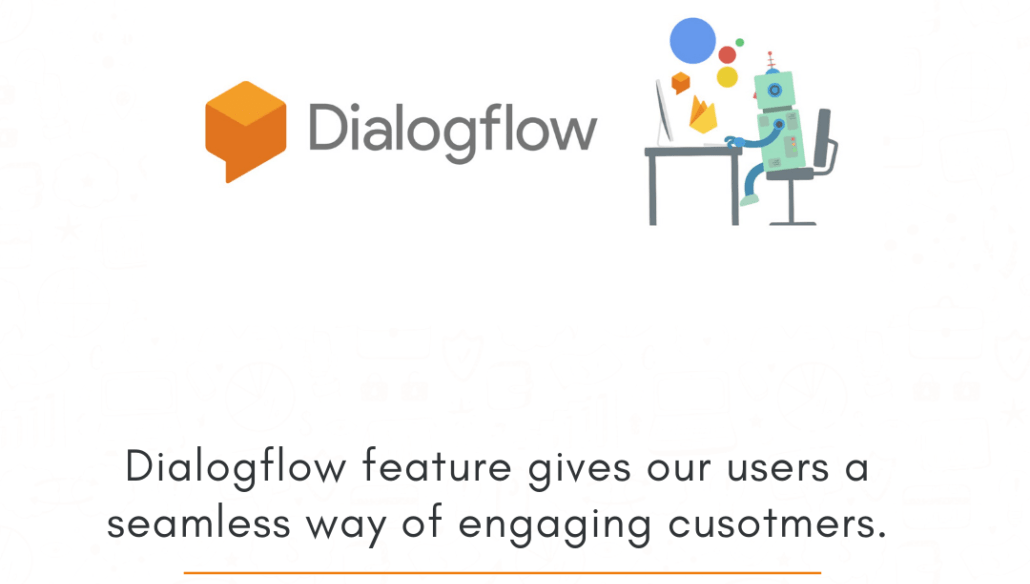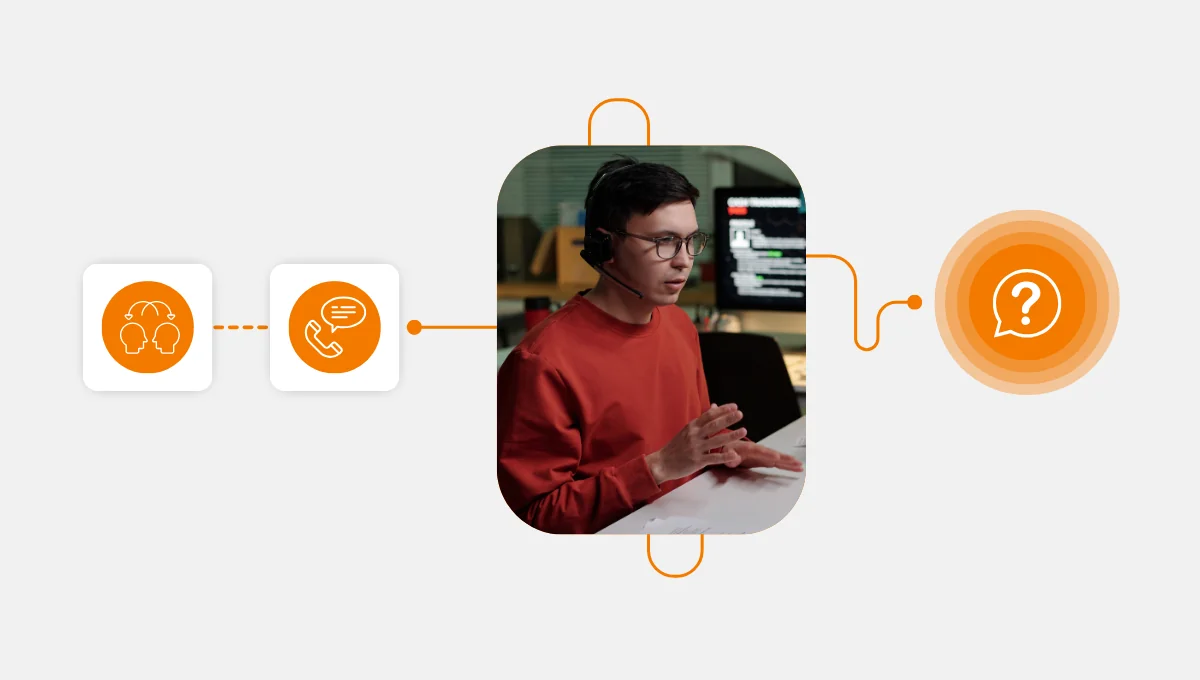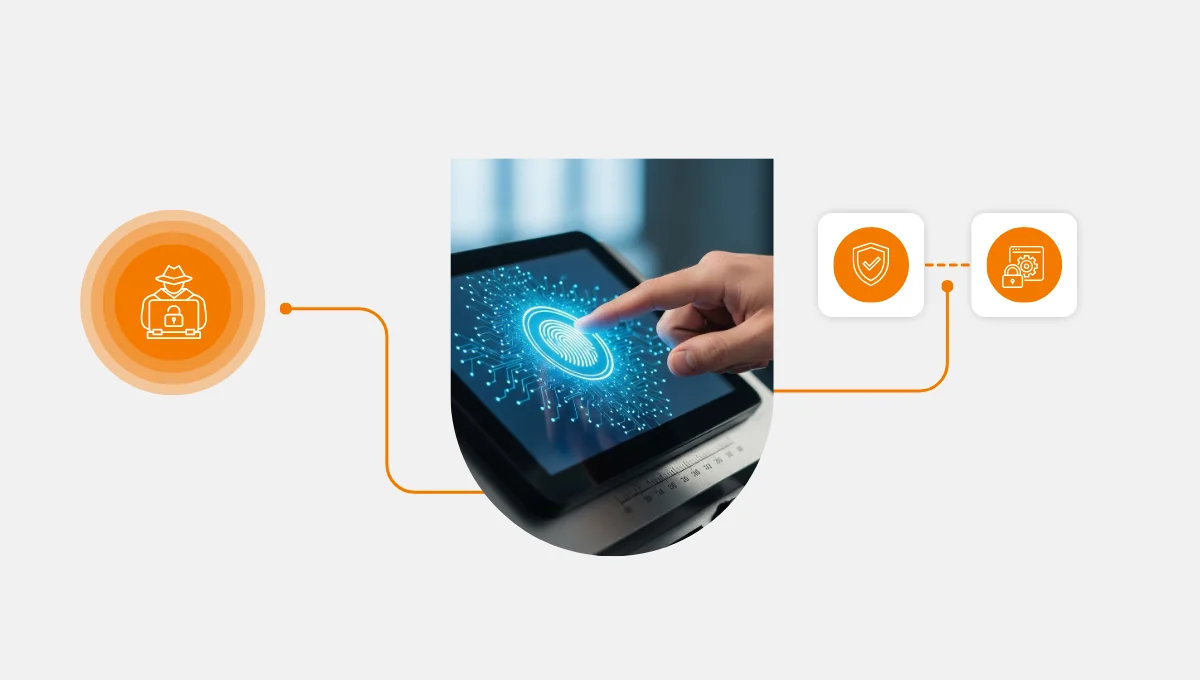Google Dialogflow and Chatbots are like the royal union of Prince Harry and Meghan Markle. The AI-relationship is redefining the norms of natural language processing by delivering enhanced human-like conversations, customer experience, and satisfaction.
You see, when a bot falls in love with a conversation processing genius, the yields for businesses are limitless.
Getting to know Dialogflow and how it works helps us understand its brilliance.
Dialogflow is a cross-platform human language processing platform that makes a conversational user interface on apps, telephony, and digital channels advanced and efficient.
Its ability to process multiple inputs – text or audio – makes it possible to respond to users through text or speech.
A business can use Dialogflow to create messaging bots on platforms like WhatsApp Business, Website, Facebook Messenger, Google Assistant, Alexa Voice Services (AVS), Slack, and several other messaging integrations.
There are two types of Dialogflow with different fit purposes – Dialogflow CX and Dialogflow ES. ES is the standard for conversational AI, used by more than a million developers, big enterprises & Fortune 500 companies; while CX is a new update from Google with the following differentiating features;
- It has a visual flow builder.
- It lets you define rules for how your bot behaves.
- For large teams working on big projects, it allows multiple designers to work at the same time.
If you are looking to build a world-class intent-Based Conversational chatbot with an automated set of basic Chatbase analytics, Dialogflow ES is what your business needs.
With 20+ languages, your business can engage with more audiences by building multilingual agents with global reach.
Here’s a customer success story of how Call Center Studio implemented this for a client.
What are Chatbots?

A Chatbot is an AI-human that saves your business the stress of providing quick answers to queries every hour of the day while ensuring that your brand develops an affinity with your customers.
If you have tried to reach a business at periods beyond working hours through social media platforms, webchat, WhatsApp messenger, then you have probably interacted with a chatbot.
Businesses use chatbots to provide answers to frequently asked questions and ensure that they stay in touch with customers.
The idea of having a Chatbot is always exciting; however, it is crucial to ensure that the AI-driven application is laced with the right Natural Language Processing agent and hooked to the proper database for efficient functionality.
A great Chatbot helps streamline B2C interaction and enhance efficiency in resolving customer requests, improving customer experience, and minimizing operational costs.
Why do businesses need chatbots?
In a world driven by the need to interact with customers across any platform, timely response, and excellent customer service, it isn’t farfetched to realize the necessity of Chatbots.
In various industries, Chatbots create desirable Customer experiences for contact centers, increasing the efficiency of dealing with requests, reducing call traffic to your agents, and providing almost instant query solutions through self-service.

Chatbot integrates on popular messenger applications with billions of people; reaching customers is like walking on the beach on a warm summer day.
A customer with a service or product issue can, without stress, interact with your business and get recommendations for possible fixes within seconds. That’s an incredible level of efficiency.
Customer engagement and service delivery are faster, simpler, with better experiences for users.
In the e-commerce sector, Chatbots simplify shopping and payment processes by providing quick information, search results, payment options and tips that enhance customers’ shopping experiences.
Chatbots can suggest useful products or services to customers based on their interaction with a business. This could be finding the right clothing, deals or workout tips.
With tailored recommendations, brands are likely to increase engagement and revenue through suggestive selling.
In 2020, having 24/7 customer support is no longer considered a stand-out feature of a company; it’s more of an essential requirement for customer satisfaction. This is where Chatbots make an excellent case for any business to have.
Enhancing Chatbots with Google Dialogflow
So, you have decided to build your business a Chatbot. First, you need to define the problem that you want to solve with your bot. This could be to take restaurant orders, schedule appointments, offer advisory services, book trips, respond to queries, provide product information or several other applications.

Connect your Chatbot to a rich source of information for a broad range of responses.
For instance, you would be better off hooking up your chatbot to your website’s FAQs or articles section. This way, your chatbot can easily pull information in response to customer queries.
Linking your Chatbot to an information arsenal about your product or service is an excellent step towards delivering a desirable customer experience. However, more crucial is ensuring that you have a brilliant natural language processor as the bedrock.
When a user sends a query to your agent (Chatbot), Dialogflow recognizes the intent and extracts prebuilt entities such as time, date, and numbers.
You can train your agent to identify more than the predefined entities such as email addresses or website links.
The intent is the expectant result of a user when a query is made. As a natural human language, it is presented in non-uniform expression depending on individuals.
For example, the intent of a user could be to determine the working hours of a business. This can be in different expressions;
“What time do you open”?
“What time does your store open”?
“Are you open on the weekends”?
“Can I come around on Saturday”?
Dialogflow processes these queries, groups them into similar intent to provide the best-fit response through your chatbot interface.
Dialogflow Knowledge Connectors allows you to bulk-add user expressions data to your agent, including FAQs and knowledge-based articles for enhanced accurate answers.
Knowledge Connectors use some of the same technologies used by Google Search and Google Assistant to extract the right answers from the data source provided.
Dialogflow intelligently matches a user’s expression to an intent to provide accurate and straightforward responses.
More so, you can expand your conversational interface to recognize voice interactions and generate a voice response. The integrated analytics dashboard gives you insight into everyday interactions so that you can optimize your chatbot to better identify and respond to user intents.
Google Dialogflow and Chatbots: What’s next?
Google Dialogflow and Chatbots have come to stay and will only improve to enhance the contact centers of businesses.
Most businesses decide to build a Chatbot without ticking the necessary boxes to ensure that the process runs seamlessly to provide the best customer engagement and experience.
Google Dialogflow is fully integrated and functional with Call Center Studio’s call center software, offering a smooth and desired customer experience to users.
If you still have questions and need clarification on delivering brilliant customer engagement with Google Dialogflow and Chatbots, we’ve got you.
{
“@context”: “https://schema.org”,
“@type”: “FAQPage”,
“mainEntity”: [{
“@type”: “Question”,
“name”: “What are Chatbots?”,
“acceptedAnswer”: {
“@type”: “Answer”,
“text”: “A Chatbot is an AI-human that saves your business the stress of providing quick answers to queries every hour of the day while ensuring that your brand develops an affinity with your customers.”
}
},{
“@type”: “Question”,
“name”: “Why do businesses need chatbots?”,
“acceptedAnswer”: {
“@type”: “Answer”,
“text”: “In a world driven by the need to interact with customers across any platform, timely response, and excellent customer service, it isn’t farfetched to realize the necessity of Chatbots.”
}
},{
“@type”: “Question”,
“name”: “Google Dialogflow and Chatbots: What’s next?”,
“acceptedAnswer”: {
“@type”: “Answer”,
“text”: “Google Dialogflow and Chatbots have come to stay and will only improve to enhance the contact centers of businesses.”
}
}]
}




